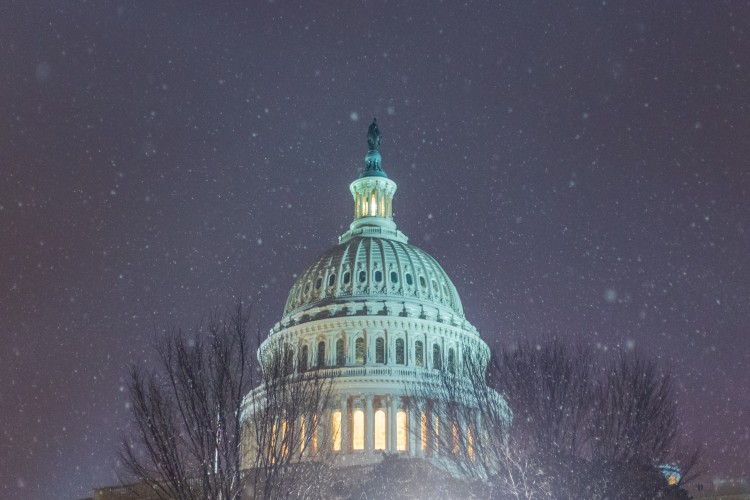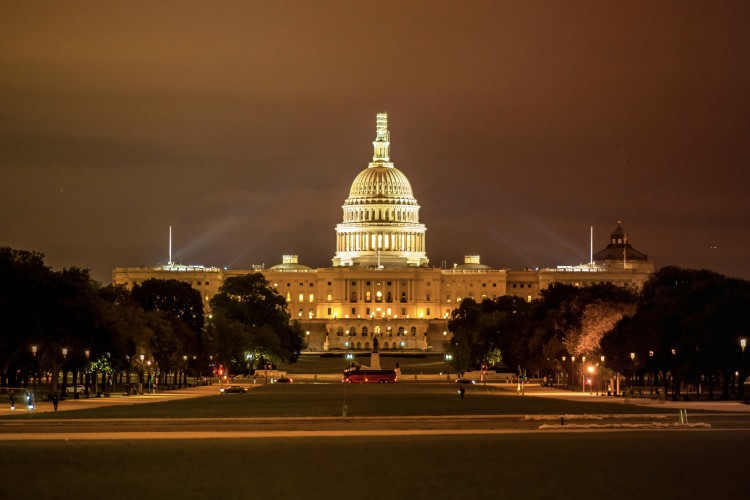Queer Young People Deserve to Experience Adolescence with Support and Respect
This content is part of Youth Collaboratory’s response to the death of Nex Benedict. Nex experienced ongoing bullying without meaningful intervention from their community and died by suicide, per a report released by the Oklahoma Medical Examiner. Nex, 16, was an indigenous young person. Indigenous communities map themselves on what we now call North America for more than 12,000 years. Many indigenous people today remain committed to an ongoing relationship with this land and culture despite 500 years of erasure, colonization, and genocide. Before considering Youth Collaboratory’s materials, we invite you to engage directly with how indigenous people have responded to the death of Nex Benedict. Here are some places to consider:
- Brief statement from Dallas Goldtooth
- Statement from Cherokee Nation Principal Chief Chuck Hoskin JR
- To Be Nonbinary by Relentless Indigenous Woman
Queer Young People Deserve to Experience Adolescence with Support and Respect
Adolescence is an unavoidable, volatile, and vibrant stage all of us go through. Depending on how long ago we went through adolescence, our memory of it might be understandably blurry. During this stage of life, there are drastic changes in how we think, how we feel, how we connect, and how we present ourselves. Drastic mental, emotional, social, and physical changes are part of a typical and healthy adolescent development. This includes big (and often multiple) pivots in gender and sexual identities.
Gender and sexuality have been at the center of discriminatory and harmful debate throughout communities. These debates move beyond inflammatory rhetoric and into bullying, assault, and death. Recently the death of Nex Benedict at age 16 held national attention due to the tragic and preventable circumstances surrounding their death. As a field, what is our role in responding to and, more importantly, preventing violent deaths of young people in our communities?
As we approach this question, there are pain points and ongoing debates around “acceptable” gender expression and sexual orientation (and how to enforce a singular worldview about it). Are these set from birth or dynamic across a lifespan? Are they tied to biology through an either-or binary or is there a spectrum of diverse experiences and expressions? Depending on our individual experiences we may have a quick answer or realize these are questions we have not yet considered.
Learn more about this map on PBS' A Map of Gender-Diverse Cultures
As a field, we are challenged to take a step back and acknowledge that:
- Young people will naturally question gender and sexuality, regardless of traditional and cultural norms;
- There is a wealth of evidence showing that gender and sexuality are more the result of culture rather than concrete markers; and
- In the simplest terms, gender and sexuality are complex experiences of every human that deserve curiosity and respect rather than rushed enforcement.
Access the Toolkit
In Youth Collaboratory's new toolkit, you'll find a list of suggested resources for programs, parents, and youth. Access the toolkit today to download two Youth Collaboratory resources and explore four external resources to help you roll up your sleeves and create a supportive and respectful community that includes queer youth.


